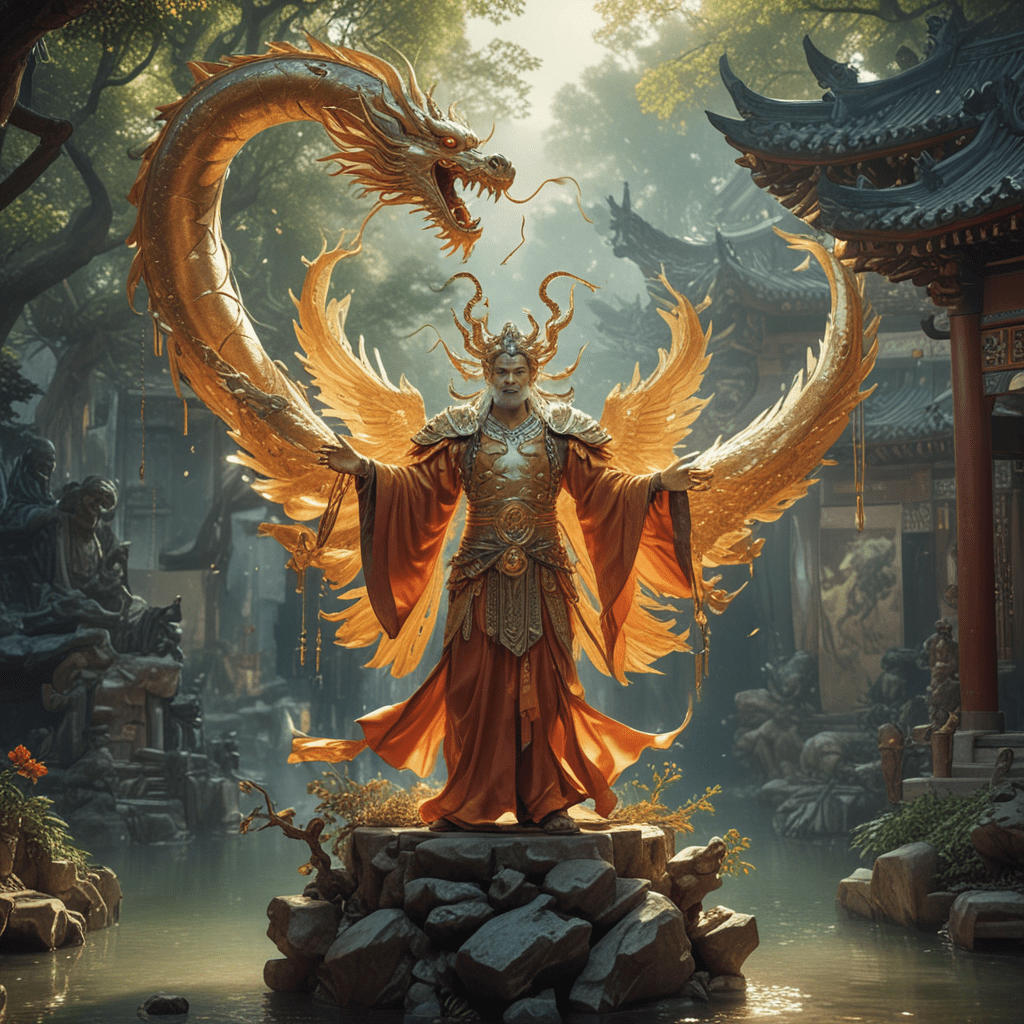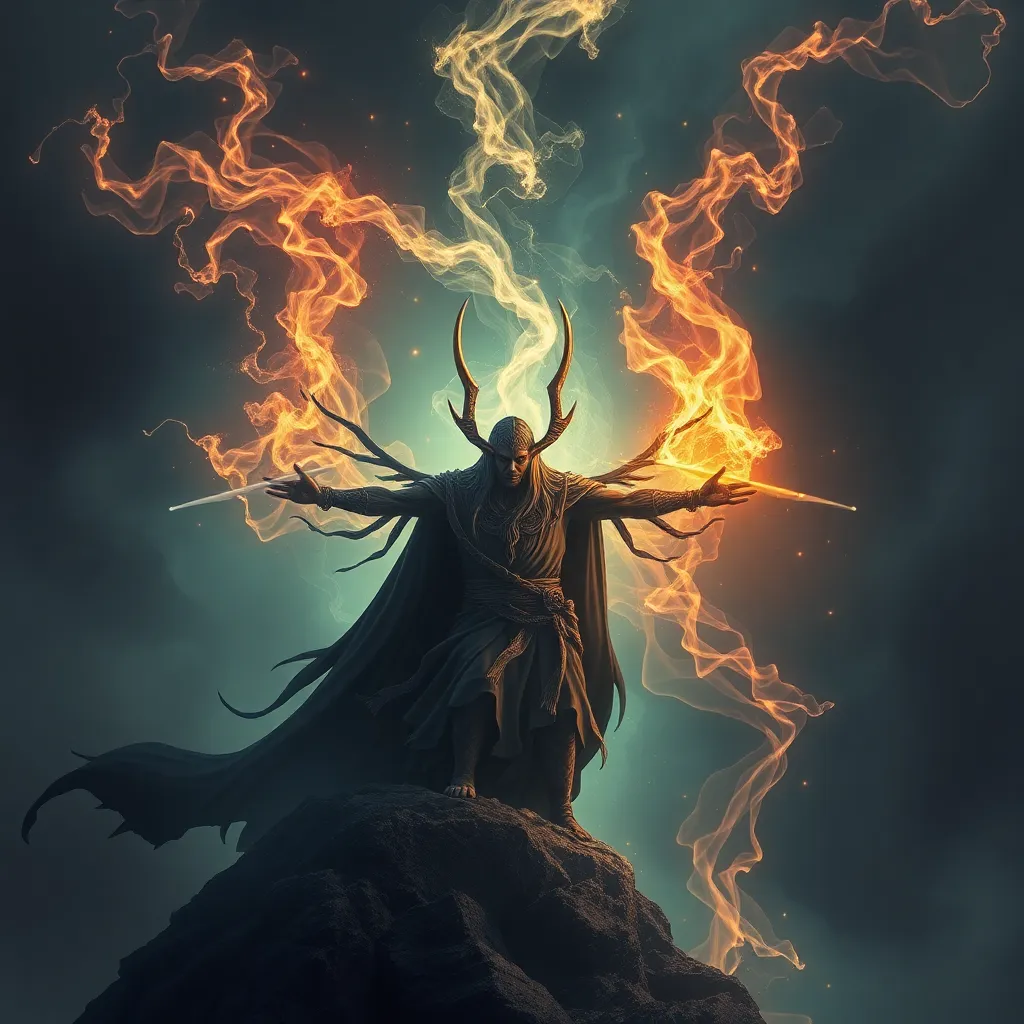Chinese Mythological Tales of Transformation and Renewal
Chinese mythology is steeped in captivating tales of metamorphosis and renewal, reflecting the cyclical nature of life and the unending search for enlightenment. These stories have been passed down through generations, shaping the cultural and spiritual fabric of Chinese society.
I. Introduction
Transformation and renewal are fundamental themes in Chinese mythology. These tales often depict the metamorphosis of beings from one form to another, symbolizing the fluidity of existence. They embody the belief in the cyclical nature of life, death, and rebirth. In these myths, characters undergo physical, emotional, or spiritual transformations as they navigate the complexities of the human experience.
II. The Legend of Nüwa: The Creation of Humankind
Nüwa is a prominent deity in Chinese mythology credited with creating humankind. According to legend, after the catastrophic battle between the water god Gonggong and the fire god Zhu Rong, the world was plunged into chaos. Nüwa, with her boundless compassion, molded clay figures and breathed life into them, fashioning the first humans. This myth symbolizes the transformative power of creation and the inherent potential within all beings.
III. The Tale of the Butterfly: Symbolism of Transformation and Hope
The butterfly is a recurring motif in Chinese mythology, symbolizing transformation and hope. In many stories, individuals are depicted as transitioning into butterflies after overcoming adversity or experiencing significant growth. The emergence of a butterfly from a seemingly unremarkable chrysalis represents the potential for renewal and the ability to overcome challenges.
IV. The Myth of the Dragon King: Renewal and the Cycle of Life
The Dragon King, a central figure in Chinese mythology, is often associated with water, rainfall, and renewal. Legends depict the Dragon King controlling the elements, bringing both blessings and challenges upon the human world. His presence symbolizes the cyclical nature of life, as seasons and natural cycles are intertwined with his power.
V. The Story of the Phoenix: Rebirth and Resurrection
The phoenix, a mythical bird, occupies a special place in Chinese mythology. It is believed to possess the ability to regenerate from its own ashes, embodying the concept of rebirth and resurrection. When the phoenix dies, it bursts into flames, only to emerge from the embers with renewed vigor and beauty. This myth signifies the resilience of the human spirit and the transformative power of adversity.
VI. The Transformation of Chang'e: The Moon Goddess
The legend of Chang'e is a poignant tale of transformation and longing. Chang'e




